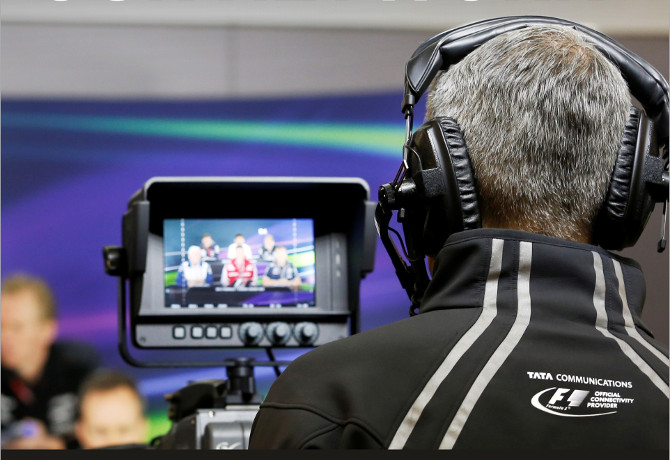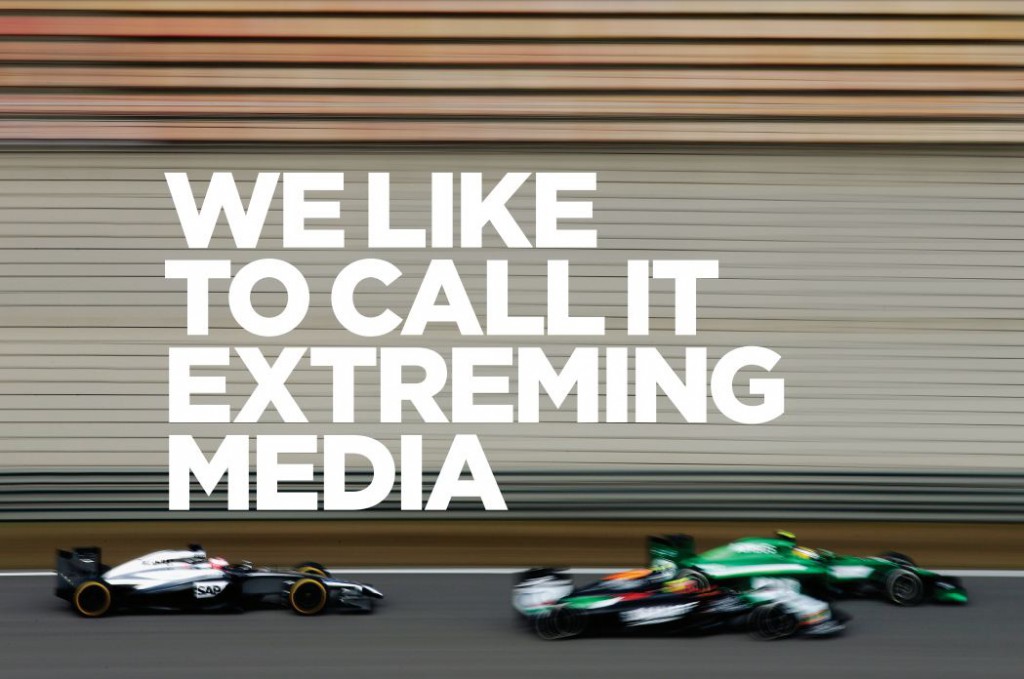Mehul Kapadia, Tata Communications’ vice president, global marketing, and managing director of its F1 Business, explains why he values brand consideration over awareness.

Formula One’s (F1) long-awaited digital transformation is under way.
New owner Liberty Global’s leadership team, fronted by former News Corporation exec Chase Carey, has promised to drag the motorsport into 2017 with the kind of progressive digital agenda eschewed by previously supremo Bernie Ecclestone.
Speaking to M&M Global in January, Sean Bratches, F1’s managing director, commercial operations, pledged to put in place a “state-of-the-art” digital strategy to deepen ties with mobile-orientated Millennial consumers. This plan took a step forward last month with the recruitment of Murray Barnett as its global head of sponsorship and commercial partnerships, the recent hiring of Yath Gangakumaran as global head of strategy, and the appointment of agency CAA Sports to expand the breadth of F1’s appeal to audience, with a “big focus” on digital opportunities.
And the change of ethos has delivered immediate results: the first race in the 2017 championship, held in Melbourne, Australia, delivered a record 230 million impressions of F1 content across social media platforms, as well as 27 million video views.
Connectivity partner
One brand set to play a pivotal role in this transformation is Tata Communications, F1’s ‘official connectivity partner’. The company first partnered with F1 in 2012 and continues to participate in a “multi-year agreement” which it believes provides a winning case study to pitch to prospective clients.
According to Mehul Kapadia, vice president of global marketing and managing director of its F1 Business, Tata Communications was alarmed to discover the sport using racetrack connectivity little better than that to be found in most private households.
It delivered an immediate tenfold capacity boost and, thanks to subsequent upgrades, today’s racetrack connectivity is infinitely superior to that of five years’ ago, enabling sponsors and broadcasters to boost video and content delivery operations.
The scale of the project is something to behold. Every two weeks, Tata Communications must set up world-leading telecommunications infrastructure at racetracks from Melbourne to Rio de Janeiro and everywhere between – often at locations far from major cities.
After the race is completed, it has less than 12 hours to disassemble and move on to the next host country, a pressure Tata has looked to alleviate through the use of ‘leapfrog’ teams handling alternate events.
“It is intense, it is rigorous, and you can’t afford for it to go wrong, but you get such a short time to set up your services and operate,” says Kapadia. “If you can do it for F1, we can do it for anyone – that is basically the mantra.”

Digital seeds sown
While Kapadia says it is “too early” to judge the new F1 management team, he is encouraged by the focus on all things digital. He also believes it is wrong to dismiss the work carried out over the past few years, including the delivery of footage in ‘ultra’ high-definition and the ability to remotely manage production from London to ensure greater consistency.
“I personally believe the transformation for the sport, to get into digital, the seeds were sown five years’ back. The fundamentals are there, so how do we build it?” he says. “We’re really pleased to hear all the things they want to do on digital, so we are really looking forward to collaborating.”
Key areas of focus are likely to include online video and over-the-top (OTT) platforms, which many observers believe will offer F1 a key channel in its aim to reach a younger demographic. Unlike the consumption of movies and TV shows, it is far more challenging to ensure the seamless delivery of live footage – sports content demands precise synchronisation with TV delivery timings, for instance – but Tata Communications carried out its first successful test during the Singapore Grand Prix in 2015, and Kapadia believes the technology is ready to be exploited.
“We watch Netflix and hence we feel OTT has been around for a long time, but this is a completely different challenge. That is stored content, versus when we create real-time content,” he says. “Over the last two years we’ve done a lot of testing with F1 where we’ve looked at how content can be delivered on an OTT app. Now it is ready.”

VR opportunity?
Like many other media businesses, F1 is also exploring the potential of augmented and virtual reality technology (AR/VR). WPP chief executive Sir Martin Sorrell – formerly a member of the F1 board of directors – last year claimed that VR will be “fantastic” for F1, and imagined a situation where headset-users will be able to experience driving a racing car.
Last year, Tata Communications decided to tackle this issue head-on through its annual F1 Connectivity Innovation Prize (watch below), inviting technologists pitch solutions to a team of judges including three-time world champion Lewis Hamilton, part of the Mercedes AMG Petronas team that Tata has also partnered with.
Though Kapadia believes it will take some time for VR to truly impact F1 content consumption, he argues AR and ‘mixed’ reality is on the cusp of enhancing the experience for those attending the races – a key aim of the sport’s new management, Bratches told M&M Global earlier this year.
“At the racetrack, one of the challenges as a fan is that you cannot see a lot. [The cars pass by] every one and a half minutes. Think of what AR could do, if you are sat there on your phone and the car just whizzed by and then [information about the race] pops up,” he says.
Capability showcase
Having only assumed its current guise 15 years ago, Tata Communications remains a relative newcomer to the world of international telecommunications. It selected F1 as a key strand of its marketing plan to show that it can compete on a global level against more established firms like AT&T, BT and Deutsche Telekom.
“We’re a global B2B company. The starting point was how do we expand our presence in Europe, Americas? We’re market leaders in a lot of what we do in India, so how we get better known in these geographies?” says Kapadia. “You build brands in different ways: either you build them through sheer awareness, and put your logo in so many places people can’t miss you, or you take the route we chose to build brand through a showcase of our capabilities. Consideration versus pure awareness.”
Indeed, another factor is the need for Tata Communications to differentiate itself from Tata Group myriad other companies and industries. “That is why we call it our ‘F1 Business’ rather than ‘F1 Sponsorship’ – we want to treat it that way, we want to nurture it with innovation and new technology,” he adds.
The 2017 championship is well under way, with fans glued to the battle between Mercedes’ Hamilton and Ferrari drive Sebastian Vettel. However, F1 management have their eyes set on 2018 and beyond, and the digital changes to come – and Tata Communications is determined to be at the heart of the revolution.







